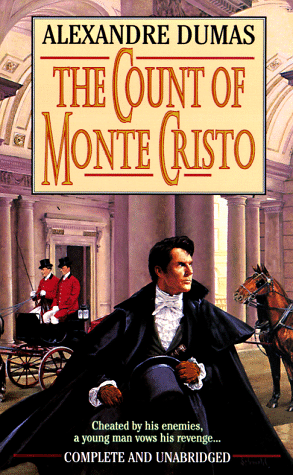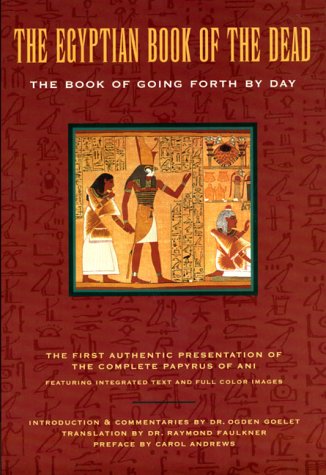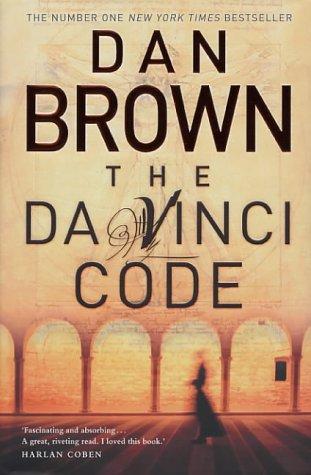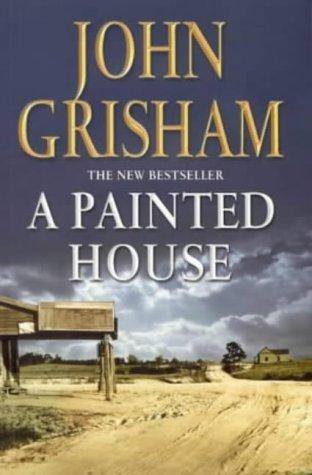Angels and Demons
by
Dan Brown
It takes guts to write a novel that combines an ancient secret brotherhood, the Swiss Conseil Européen pour la Recherche Nucléaire, a papal conclave, mysterious ambigrams, a plot against the Vatican, a mad scientist in a wheelchair, particles of antimatter, jets that can travel 15,000 miles per hour, crafty assassins, a beautiful Italian physicist, and a Harvard professor of religious iconology. It takes talent to make that novel anything but ridiculous. Kudos to Dan Brown (Digital Fortress) for achieving the nearly impossible. Angels & Demons is a no-holds-barred, pull-out-all-the-stops, breathless tangle of a thriller--think Katherine Neville's The Eight (but cleverer) or Umberto Eco's Foucault's Pendulum (but more accessible).
Harvard symbologist Robert Langdon is shocked to find proof that the legendary secret society, the Illuminati--dedicated since the time of Galileo to promoting the interests of science and condemning the blind faith of Catholicism--is alive, well, and murderously active. Brilliant physicist Leonardo Vetra has been murdered, his eyes plucked out, and the society's ancient symbol branded upon his chest. His final discovery, antimatter, the most powerful and dangerous energy source known to man, has disappeared--only to be hidden somewhere beneath Vatican City on the eve of the election of a new pope. Langdon and Vittoria, Vetra's daughter and colleague, embark on a frantic hunt through the streets, churches, and catacombs of Rome, following a 400-year-old trail to the lair of the Illuminati, to prevent the incineration of civilization. Brown seems as much juggler as author--there are lots and lots of balls in the air in this novel, yet Brown manages to hurl the reader headlong into an almost surreal suspension of disbelief. While the reader might wish for a little more sardonic humor from Langdon, and a little less bombastic philosophizing on the eternal conflict between religion and science, these are less fatal flaws than niggling annoyances--readers should have no trouble skimming past them and immersing themselves in a heck of a good read. "Brain candy" it may be, but my! It's tasty.
















